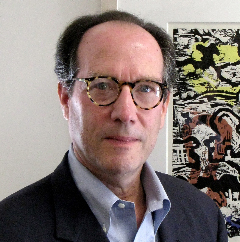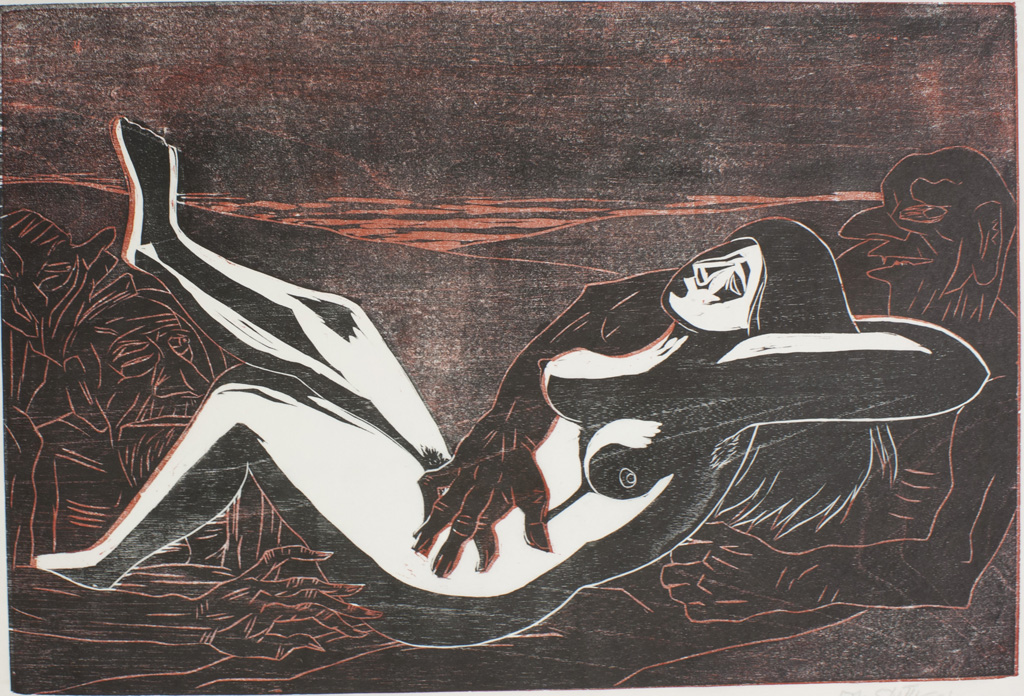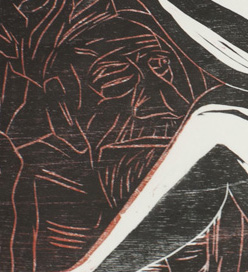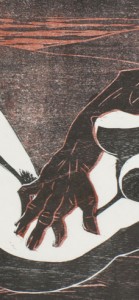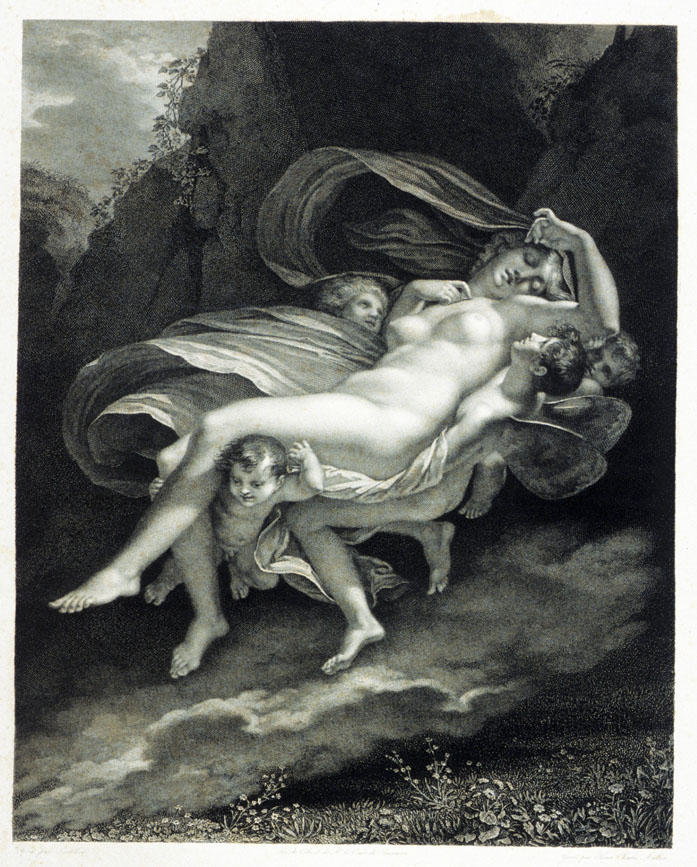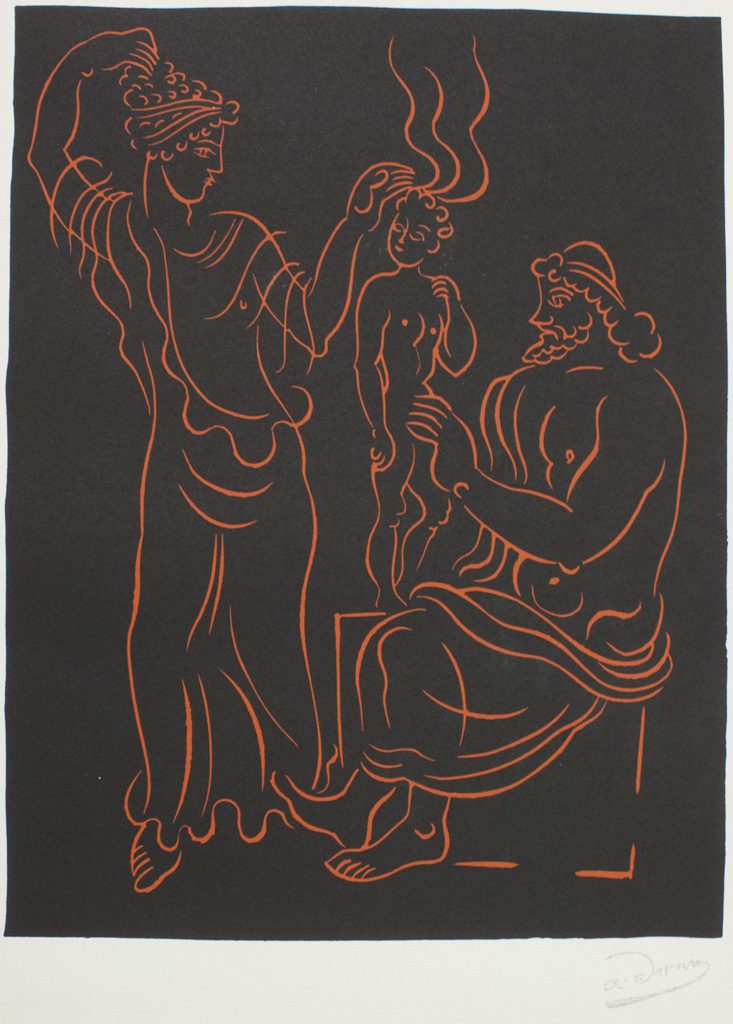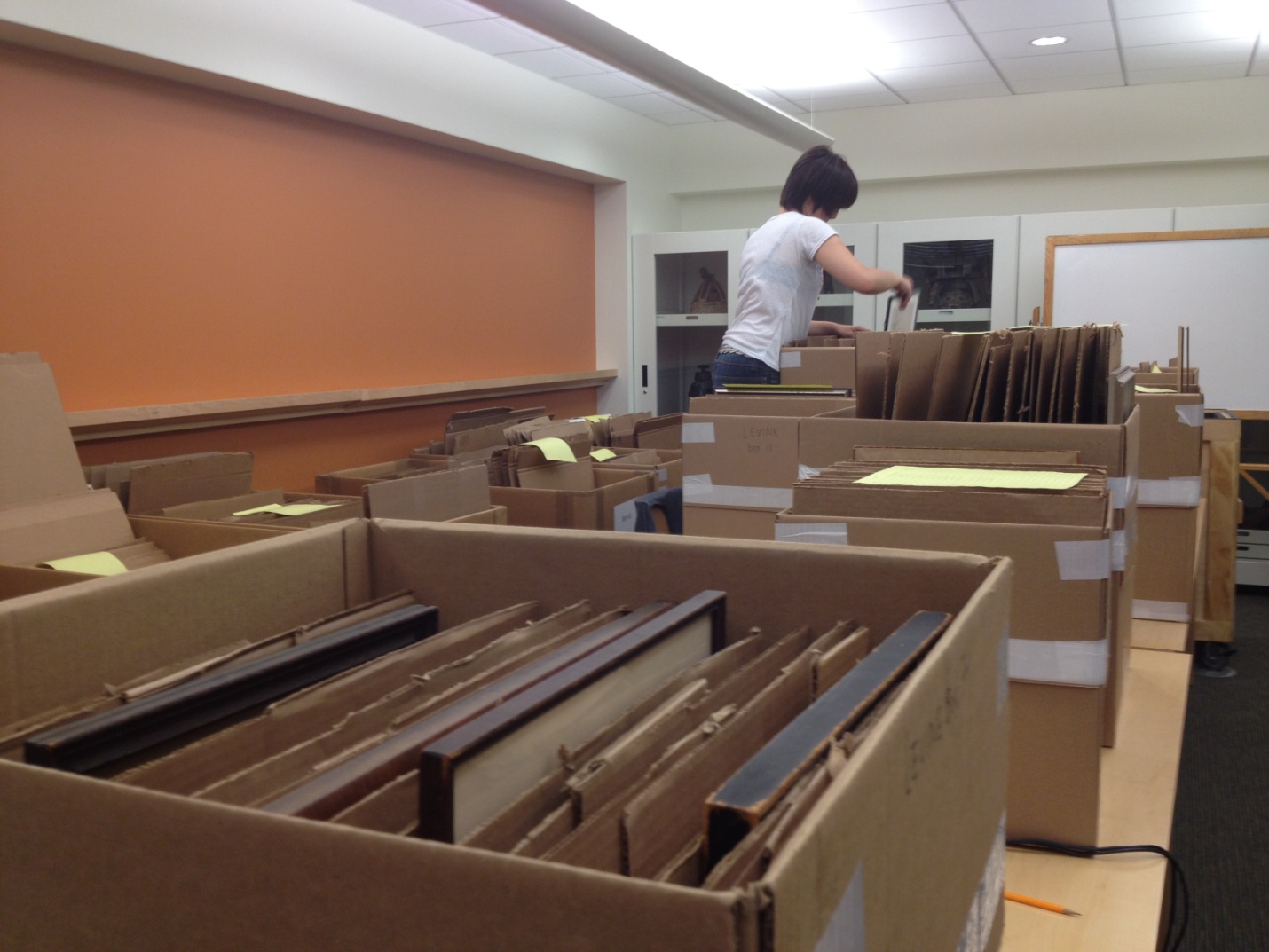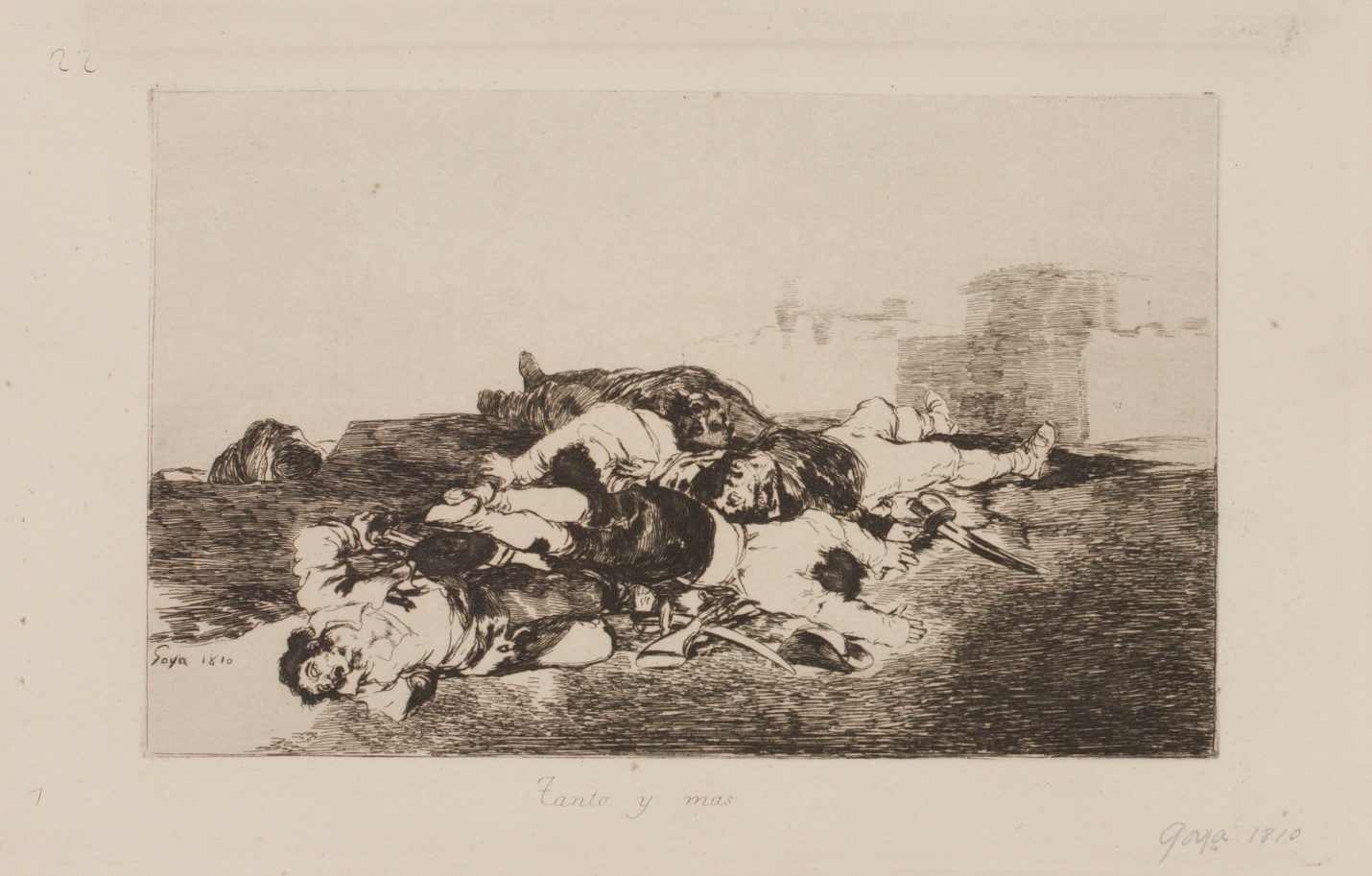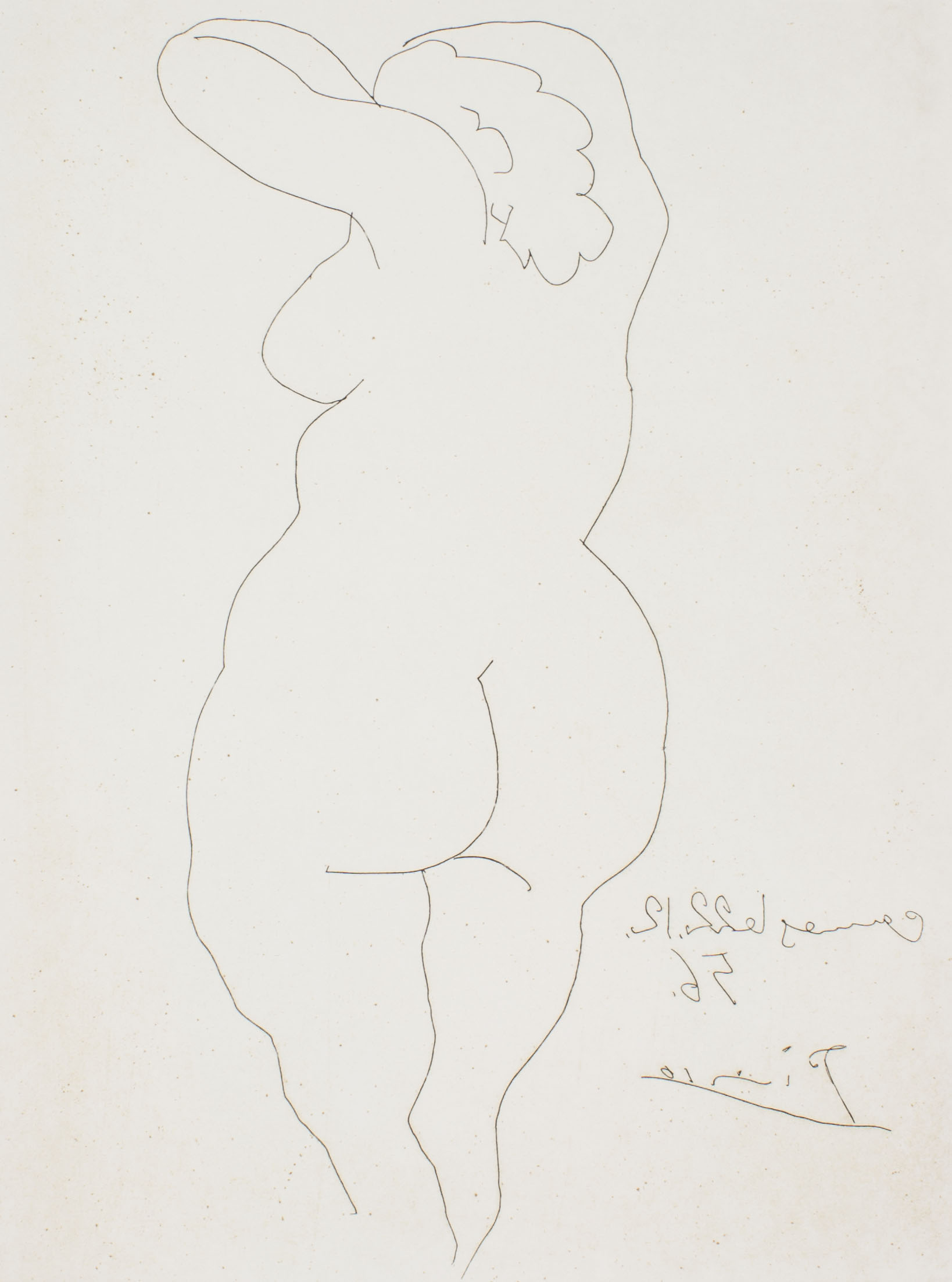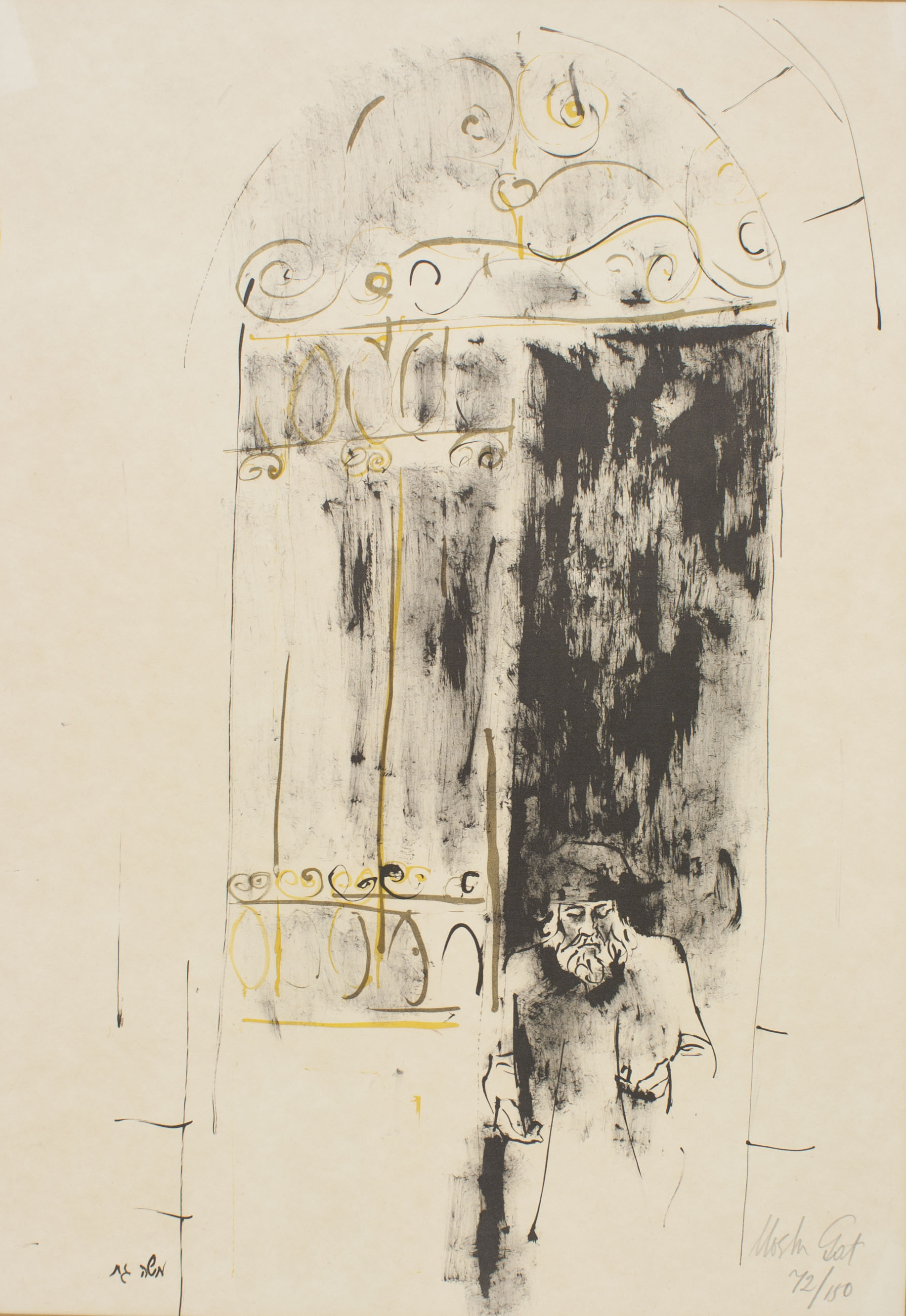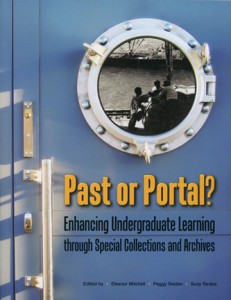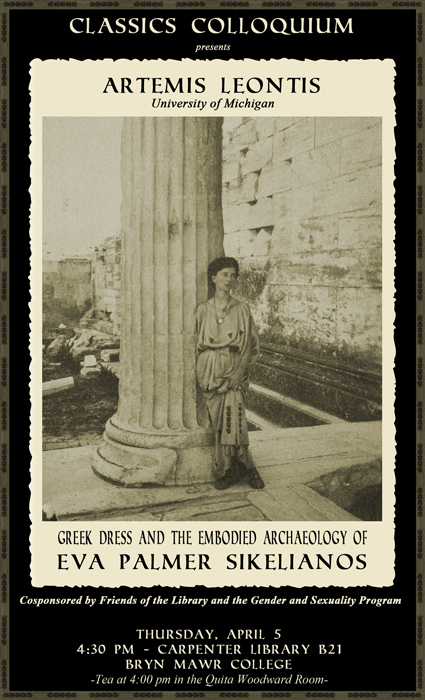 The Spring 2013 course “The Curator in the Museum” at Bryn Mawr College mixes theory into practice in the new exhibition “Making our World” located on the second floor of Canaday Library. Through readings and guest lectures related to the broader course theme of analyzing the “institution” of the museum and all its related parts, we integrated these models into our own project exhibition and corresponding education program for local high school students.
The Spring 2013 course “The Curator in the Museum” at Bryn Mawr College mixes theory into practice in the new exhibition “Making our World” located on the second floor of Canaday Library. Through readings and guest lectures related to the broader course theme of analyzing the “institution” of the museum and all its related parts, we integrated these models into our own project exhibition and corresponding education program for local high school students.
The following updates — written and edited by students as part of the team-based approach to the entire project — are reports on our progress along the way. Please let us know your thoughts.
Guest Lecturer Dr. Bruce Altshuler
Student blogger: Adriana Grossman
On February 18th, the Curator in the Museum class was lucky to have Dr. Bruce Altshuler as a guest lecturer. Dr. Altshuler is currently the Director of the Program in Museum Studies at the Graduate School of Arts and Sciences at New York University, and part of the International Association of Art Critics (AICA/USA), the American Association of Museums, and the College Art Association. It was particularly exciting to be able to speak to someone currently active in the field of museum studies, given the potential beginnings of a museum studies department at Bryn Mawr College. He is also the author of Salon to Biennial—Exhibitions That Made Art History, Volume I: 1863–1959, and is currently at work on the second volume.
.
Though we were all initially a little intimidated by Dr. Altshuler’s background, a congenial tone was set from the very beginning of the class period when he asked us all to introduce ourselves and explain why we were interested in the field of museum studies. Every answer varied, proving just how many other concentrations could lend themselves to the field and how broad the field itself is. Dr. Altshuler himself studied philosophy before entering the art world. He spoke to us about his beginnings in the commercial art world, working as a dealer with Zabriski Gallery. Zabriski Gallery specializes in Dada, Surrealism, American Modernism, photography, and contemporary art, the last of which is Dr. Altshuler’s primary area of interest, along with the history of exhibitions. He then told us a little about his experiences as director of the Noguchi Museum from 1992 to 1998.
.
The last topic that we discussed was museum studies. As Dr. Altshuler made clear to us in telling us about his varied career, museum studies is a field that can be applied in a broad range of ways, the direction of which ultimately depends upon personal preference and the research that one chooses to undertake. The Museum Studies program has been offered at New York University for over three decades, and is still relatively young as a field of study. Dr. Altshuler suggested that this was perhaps because the field is hard to define given how much it has to encompass. Indeed, museum studies requires academic work to engage museum theory and practice, including the history of the institutions as well as the artworks within them, as well as preparation to be involved with more hands-on roles in the workings of a museum. (We recently got to do a little hands-on work ourselves, and will continue to be doing so as our class exhibition “Making Our World” progresses.) In other words, it is everything to do with running a museum.
.
As was made clear in our discussions with Dr. Altshuler, museum studies is a field that will only continue to grow. Since its inception, it is a field that has come to many different institutions and is still burgeoning, as is evidenced by the suggestion of such a field of study at Bryn Mawr College.

